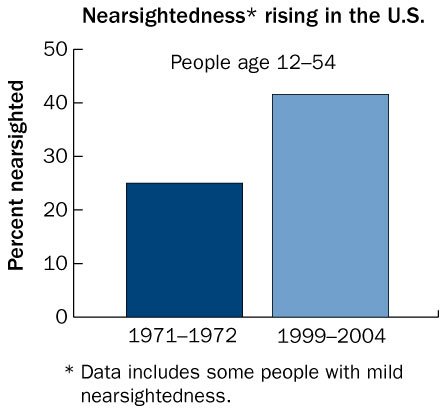As the country awaits word from the U.S. Food & Drug Administration (FDA) on the safety of the controversial industrial chemical bisphenol A - BPA - the head of a key federal agency head warns that ingesting BPA be avoided, especially by women who are pregnant, infants, and children.
"There are plenty of reasonable alternatives," said Linda Birnbaum, director of the National Institute of Environmental Health Sciences (
NIEHS) and the National Toxicology Program, in an interview with the
Milwaukee-Wisconsin Journal Sentinel (JSOnline). Birnbaum noted that she is not a physician, but that her involvement with BPA studies has her concerned about its adverse effects, said JSOnline. Birnbaum said consumers should be "absolutely" worried about BPA's effects quoted JSOnline.
Last week, Birnbaum gave testimony before a Senate panel, comparing the chemical to "lead, mercury, and polychlorinated biphenyls," said JSOnline. Those chemicals have been found to be extremely dangerous to human health at low doses. Meanwhile, the NIEHS will be investing $30 million over two years to research the toxin and its effects on what Birnbaum described as "all stages of development," said JSOnline.
Developed in the 1930s, the estrogenic mimicker - originally developed as a replacement for the hormone, said JSOnline - appears to wreak havoc on the body's' endocrine system. Today, in urine tests, BPA is found in the overwhelming majority of Americans, more than 93 percent and was recently found to be present in the vast majority of newborns.
BPA has been connected to increased risks of brain, reproductive, cardiac, and immune system diseases and disorders; problems with liver function testing; interruptions in chemotherapy treatment; and links with serious health problems.


